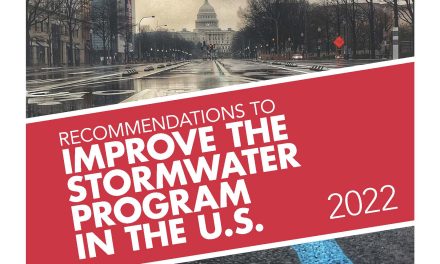Presenter: Mark Doneux, Capitol Region Watershed District
2012 Stormwater Symposium Session 03: Stormwater Controls
In 2006, the Capitol Region Watershed District (Saint Paul, Minn.) began the Arlington Pascal Stormwater Improvement Project. This $2.7 million project included a performance and cost analysis of 18 stormwater controls (SWCs) during a 4-year period. SWCs included rain gardens, infiltration trenches, underground storage, and a pond. Here are a few highlights from the district’s study:
- SWCs captured approximately 20% of annual rainfall in the 121-ha (299-ac) Como Subwatershed.
- The rain garden, infiltration trenches, and underground storage had volume-reduction, total phosphorus (TP), and total suspended solids (TSS) removal efficiencies of nearly 100% for three of the study years, excluding 2010, which was a particularly wet year.
- Cumulative TP load reductions averaged about 73 kg (161 lbs) per year, which greatly exceeded target TP load reductions.
- While the pond received the most runoff, TSS, and TP, it had the lowest removal efficiencies.
- During the 4 years, operation and maintenance of the 18 SWCs cost about $22,000 and 554 labor hours. While annual labor costs decreased over time, projected annual operation and maintenance costs are higher in order to account for large-scale maintenance.
- Annually, volume-reduction costs for individual SWCs ranged from $0.75 to $2.99/m3. The underground chamber and pond removed TP and solids at the lowest cost, while infiltration trenches and rain gardens were more costly.
This study is also included in Banking on Green, a recently released report on green infrastructure co-authored by American Rivers, the American Society of Landscape Architects, ECONorthwest, and the Water Environment Federation.




